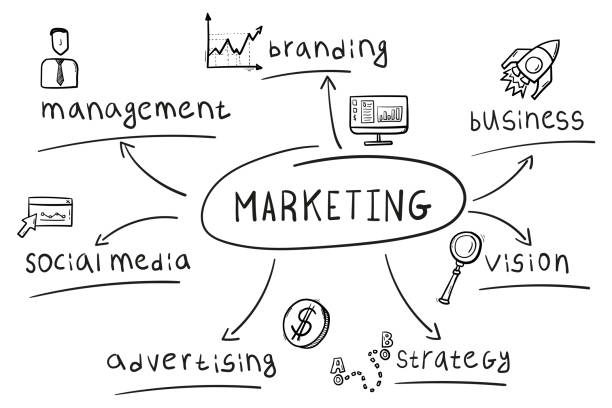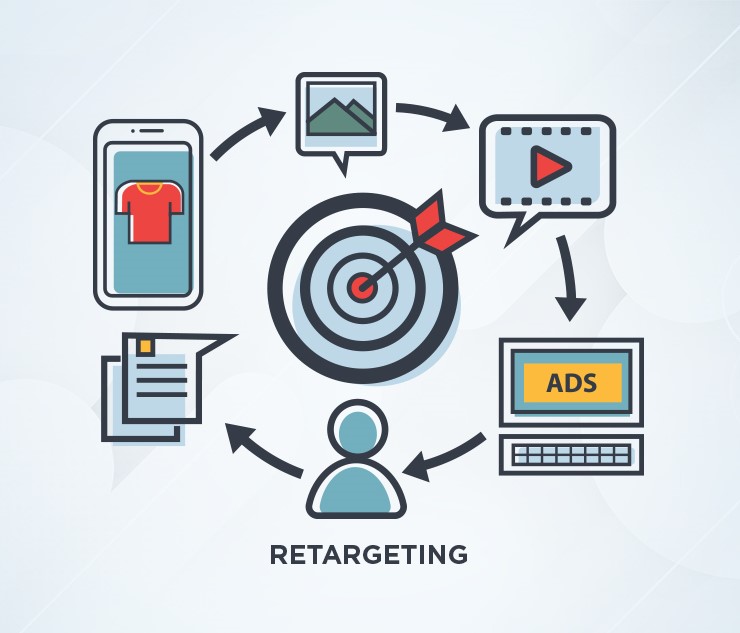Times are tough out there for a lot of small to medium sized businesses in the Wellington region.
A common experience seems to be sales not picking up from the seasonal low after Christmas, and a lot of people we talk to are wondering what they can do about it.
There are two, slightly simplistic marketing responses that we see when times are tough.
- Bigger businesses, with high operating costs, and deeper pockets often throw money at the problem and start fighting over remaining customers.
- Smaller businesses, especially those with low overheads tend to cut marketing spend and hunker down to wait till the economy picks up.
Those aren’t the only two options though. For smaller businesses, slow sales can be an opportunity to revisit your marketing plan and make some changes. Done well those changes can help get you through a downturn and help you recover faster when the economy starts to pick up.
Read on for some of our recommendations.

Know your customers
A great starting point is working out where your customers come from and how they find out about your business. While many business owners think they have a good grasp of these basics, getting some real data can often be a bit of an eye opener.
How do you collect that data? This depends on how many existing customers you want to contact. For less than say a hundred customers, you can just contact them with a few simple questions and then pull the answers together yourself.
We’ve got one client who sells smaller numbers of higher value items each month, and every couple of years he just emails or calls his customers and asks them a few questions. Key information for his business is where his customers live, and how they found out about him.
If you have hundreds, or thousands of customers in your database, then the only sensible way to get some insights is with a survey. A well-designed survey doesn’t need to be huge – the shorter they are the better the response you tend to get – you just need to make sure you ask the key questions you want answers to.
For bigger surveys, paying to use a dedicated platform like SurveyMonkey is easiest. We regularly help clients design, set up and run customer surveys.
Map your channels
We often suggest drawing a map of your business marketing to see how all the various channels relate to each other.
On the traditional side, the hub of your marketing is often your physical premises (if you have one). Lots of different traditional (and digital) channels can lead people to your premises, including adverts, phone calls, seeing your signage etc. And there are often factors that impact on what customers think and feel about your business when they get there, including your staff, customer service, product or service support etc.
On the digital side, we usually talk about the hub of your marketing being your website, and channels like social media, Google Ads, newsletters etc leading people to it. If you only sell online, then you are likely to have traditional channels that lead to your website too.


Retarget your marketing
Once you know your marketing channels, who your customers are, and how they connect with your business, you can review how you market to them.
At a high level it’s good to know the percentage of customers that come to you via digital vs traditional marketing. Digging down you should compare the time and money that you spend on individual marketing channels, such as Google Ads, social media, word of mouth etc., to the number of customers that connect with you on each channel.
You might find that you have slowly moved to doing a lot of your marketing in channels that are easiest, especially digital ones.
From there you can look at retargeting your marketing so that your time and spend on various channels better matches where your customers are, and how they find you.
Our advice? Get back to basics
So, what are the basics?
That depends on your business, but if you are trying to keep your business going in a tough economic climate, we’d suggest you focus on the things that take a bit more time but involve less spending. Here are a few examples:
Rearrange and freshen up your shop or premises.
Think about how you and your staff can improve customer experience.
Get more feedback/reviews from satisfied customers.
Connect with your customers in real life, crank up the barbie on Friday afternoon
If you need any help with your marketing in tough times, even if it’s just a quick chat to work out what you can do without spending much money, we’re happy to help.
Don’t forget that you might qualify for funding to cover some of the cost of getting us to help with your marketing. Contact us to find out more.





